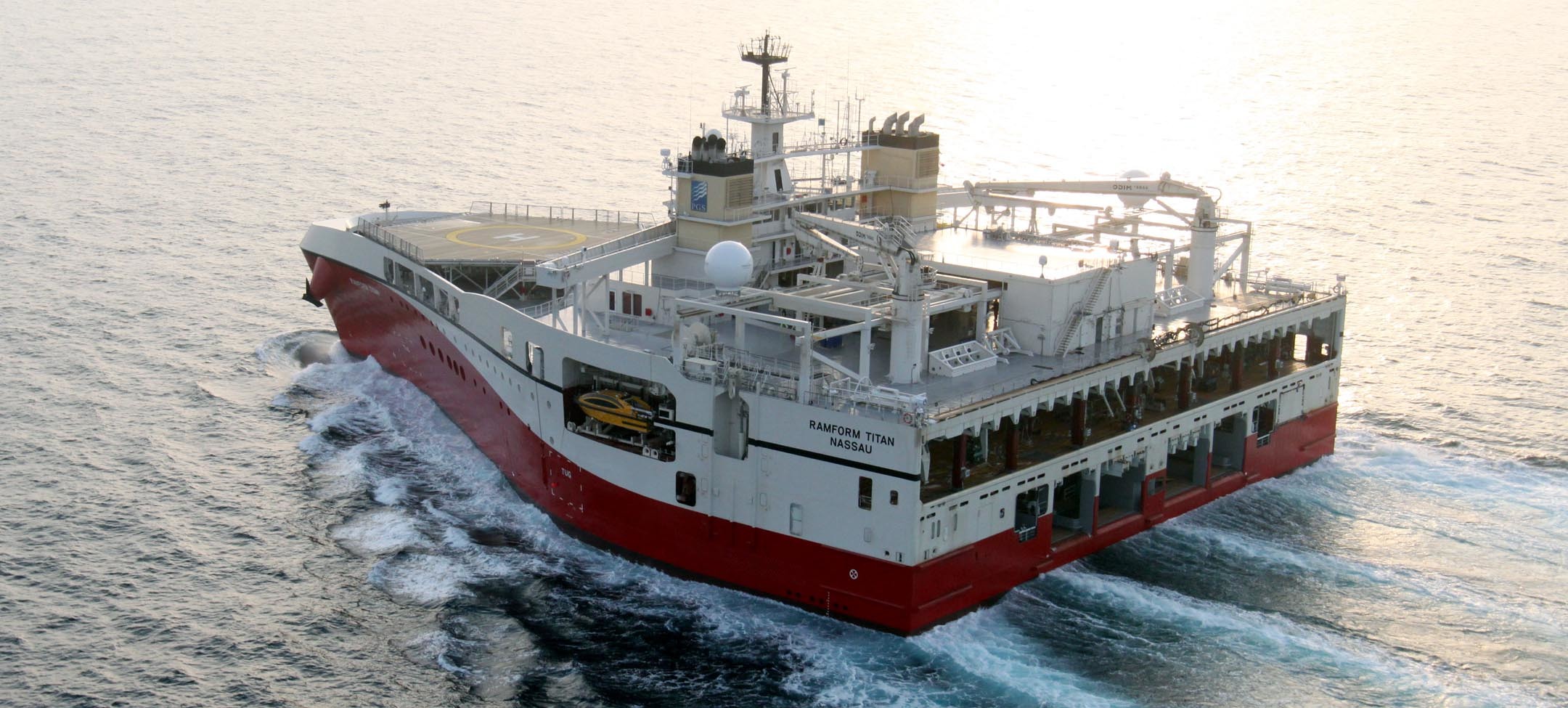PGS: Titan-Class Seismic Vessels
2017/08/01

Ramform Titan Box
PGS Titan-Class Seismic Vessels are among the largest seismic vessels in the world.
Crucial to the vessels success is the ability to operate unsupported for long periods of time and to gather the largest amount of data possible during operation. Each vessel has unique requirements for power, capacity and redundancy. Which are the keys to maximizing seismic data production.
Each vessel contains over 500km of wiring that must all be interfaced and connected. Managing this complex system in a way that is reliable, efficient and easy to use required dedicated automation expertise.
Power Management Høglund supplied the power management systems that control these vessels’ entire power grids. Each vessel has three propulsion motors, of 6 MW each. The Høglund system supports the switchboard, allowing the vessel to run with either three or two engines and can switch automatically or manually. This redundancy means that the vessels have very low downtime – measured to 0,9%. By optimising the starting and stopping of the generators, Høglund systems also contribute to the vessels’ fuel efficiency.
Auxiliary Systems Operating for long stretches of time, comfort on board the vessel is paramount – hence, the functioning of auxiliary systems such as Heating, Ventilation and Air Conditioning (HVAC) is vital. Given the size, layout and complexity of the vessel, Høglund’s engineers had to create the HVAC automation system from scratch. Høglund also supplied the alarm system, which allows crew to quickly respond and understand technical issues on board this complex vessel.
Future-proof The Titan-class vessels are designed to last for 25 years. The automation systems are integral to ensuring that the vessel will last this long. Høglund supplied the vessel with reliable hardware, and based all its solutions on off-the-shelf components that would be replaceable throughout the vessels’ lifetimes.


